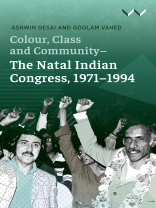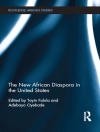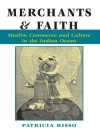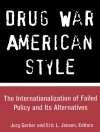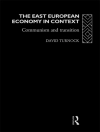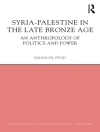In fascinating detail, Ashwin Desai and Goolam Vahed bring the inner workings of the Natal Indian Congress (NIC) to life against the canvas of major political developments in South Africa during the 1970s and 1980s, and up to the first democratic elections in 1994. The NIC was relaunched during the rise of the Black Consciousness Movement, which attracted a following among Indian university students, and whose invocation of Indians as Black led to a major debate about ethnic organisations such as the NIC. This debate persisted in the 1980s with the rise of the United Democratic Front and its commitment to non-racialism. The NIC was central to other major debates of the period, most significantly the lines drawn between boycotting and participating in government-created structures. The NIC continued to attract recruits who encouraged the development of community organisations. Some members played dual roles and were members of a legal organisation as well as allies of the African National Congress’ underground armed struggle. Drawing on oral interviews, newspaper reports, and minutes of organisational meetings, this in-depth study tells a largely untold history, challenging existing narratives around Indian ‘cabalism’, and bringing the African and Indian political story into present debates about race, class and nation.
สารบัญ
List of Illustrations Acknowledgements Acronyms and Abbreviations Introduction Chapter 1 Repression, Revelation and Resurrection: The Revival of the NIC Chapter 2 Black Consciousness and the Challenge to the ‘I’ in the NIC Chapter 3 Between Principle and Pragmatism: Debates over the SAIC, 1971−1978 Chapter 4 Changing Geographies and New Terrains of Struggle Chapter 5 Class(rooms) of Dissent: Education Boycotts and Democratic Trade Unions, 1976−1985 Chapter 6 Lenin and the Duma Come to Durban: Reigniting the Participation Debate Chapter 7 The Anti-SAIC Campaign of 1981: Prefigurative Politics? Chapter 8 Botha’s 1984 and the Rise of the UDF Chapter 9 Letters from Near and Afar: The Consulate Six Chapter 10 Inanda, Inkatha and Insurrection: 1985 Chapter 11 Building Up Steam: Operation Vula and Local Networks 191 Chapter 12 Between Fact and Factions: The 1987 Conference 209 Chapter 13 ‘Caught With Our Pants Down’: The NIC and the Crumbling of Apartheid 1988−1990 Chapter 14 Snapping the Strings of the UDF Chapter 15 Digging Their Own Grave: Debating the Future of the NIC Chapter 16 The Ballot Box, 1994: A Punch in the Gut? Chapter 17 Between Rajbansi’s ‘Ethnic Guitar’ and the String of the ANC Party List Conclusion: A Spoke in the Wheel Notes Bibliography Index
เกี่ยวกับผู้แต่ง
Goolam Vahed is Professor in the Department of History at the University of Kwa Zulu-Natal. Some of his recent books include Chota Motala: A Biography of Political Activism in the Kwa Zulu-Natal Midlands (2018); Schooling Muslims in Natal: State, Identity and the Orient Islamic Educational Institute (2015); and Crossing Space and Time in the Indian Ocean: Early Indian Traders in Natal — A Biographical Study (2015).
